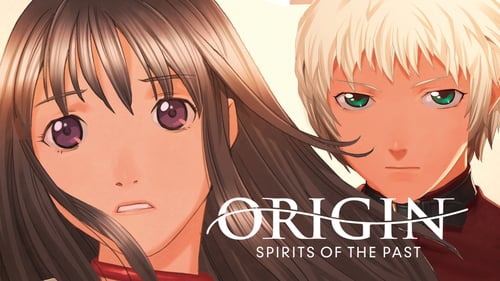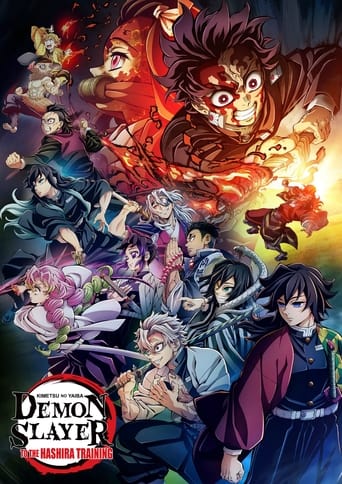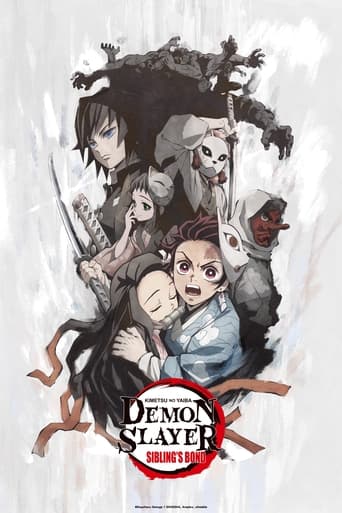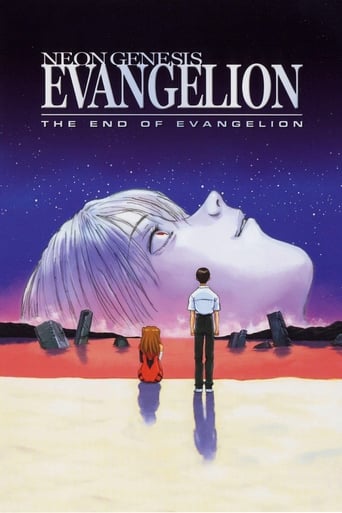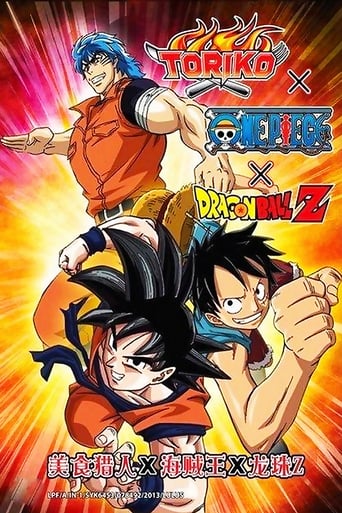morrison-dylan-fan
With having had a wonderful time last year watching Mamoru Hosoda's excellent Anima/Japanamtion film The Girl Who Leapt Through Time with a friend last year,I decided to go on a search around Amazon UK for a title which would hopefully have a similar style to Hosoda's movie.After having to get past dozens of pages filled with "related" titles that were nothing at all like what I was after,I was thrilled to find a movie at the very end of the final page,which matched exactly what I was looking for,which led to me getting ready to discover the spirits of the past.The plot:Conducting a Genetic experiment on a forest so that tresses can survive in a harsher location,the leading scientist experiments sadly has unexpected side effects,which lead to the plants gaining conciseness and destroying a vast amount of the human population and also breaking the planet's moon into a million pieces.300 years later:Being left in ruins by the devastation caused by the plants,the surviving humans spilt into 2 groups,with the first group being a militaristic one which based itself in a burnt out industrial city called Ragna,whilst the second,most largest group of survivors decide to live in a city that they call "Neutral City",which is designed to grasp as much of the water that the plants allow them to,and to also calm the tensions of the residents in Ragna enough so that they don't set out on an all out war against the forest.Playing around with a group of friends on Neutral City,Agito and Cain accidentally annoy the mysterious guardians of the forest called the Zruids,who decide to stop Agito and Cain from playing around any more,by pushing them into the little seen underbelly of the city.Attempting to get out of the underbelly,Agito finds an old machine,which after Agito spends some time messing with the buttons for a while,releases a girl called Toola,who appears to have been asleep for over 300 years.Escaping just before the forest unleashes a deadly flood,Agito and Cain soon begin to discover that the awakening of Toola may be about to cause the ingredients which lead to the near destruction of the human race 300 years ago to become awakened.View on the film:Opening with quick,fascinating glimpses to events that caused the near end of the world,the screenplay by Nana Shiina,Naoko Kakimoto,Umanosuke Lida and John Burgmeier does very well at making sure that the after effects from the event are never made overly complex or given needlessly dry exposition.The writer's instead smartly decide to show everything from the ground level,which makes the burnt out world that the characters find themselves stuck in,one that is very easy to get an identifiable grip on to.Whilst the screenplay does well at creating a sketch of the world with smooth brush strokes,the writer's sadly fail at building strong,cohesive plot threads for any of the character's,with the various residents of Neutral City and Ragna continuously changing views on if they should go to war with the forest,being one which is filled with character's switching from pro to anti that is not allowed any sense of depth or motive,which leads to the character's never truly becoming fully formed.Despite the screenplay featuring a number of flaws which sadly take the shine off the movie,director Keiichi Sugiyama gives Studio Gonzo's debut film a dazzling stylish eye,with Suigiyama covering the movie in a terrific dark atmosphere by expertly using light to create shadows,which along with giving the hand drawn animation an eye catching appearance,also allows Keiichi to subtly show the dark motives laying behind the character's eye's.Backed by a sharp original soundtrack and a smooth English dub,Keiich expertly uses a combination of traditional and CGI animation to give this post-apocalypse world a real dept of field vision,with Keiich making the fantastic hand drawn animation feel almost three dimensional ,thanks to Keiich using minimal CGI effects to show the revived destructive nature that is slowly growing,which could destroy the spirit of the survivors forever.
Neil Welch
Origin: Spirits Of The Past is an animated Japanese movie. Set in a future after apocalyptic events, it shows humans living in ruined civilisation with encroaching plant growth. Young Agito is slightly rebellious and, while adventuring somewhere he shouldn't, he discovers Toola, a girl placed in stasis by an earlier civilisation. Releasing her proves to be the catalyst for a number of changes, most of which will be familiar to anyone who was watched Nausicaa, Avatar, Frengully and the like.The message is fine (if arguable) and the look of the movie is terrific - design and animation are both great. The problem with this film is more serious - it is that it never really grabs you.I am used to Studio Ghibli's contributions to Japanese animated cinema. They are weird (to my western sensibilities, at any rate), but they have bags of heart: they grab hold of you at the start and never let go. Origin, by contrast, never really does. The two rebellious lads come close, but after their initial exciting foray, the characters all become cardboard and you stop caring. It's a shame because, with a bit more effort put into the human story, this film could have been very good (if unoriginal).
John Marshall (uberman5000)
I came across this animé on Netflix, and thought it looked interesting, so I gave it a watch. When the movie begins, large dragons that seem to be made of leaves strike from the moon and attack the earth, shattering the moon to pieces and leaving earth devastated. We then join the main action, some centuries later, and man lives in the ruins of the old world. The main character, a young boy named Agito, is swept away to an underground chamber while scavenging for water. A large, complex machine lies inside, containing a young girl woken from stasis, named Tula.If you're unfamiliar with animé, this plot sounds nice and simple, but if you are, then you know you've seen this before. The plot of a boy from one place, either a different world or the distant future, finds a mysterious girl from another place, and she turns out to play an important part in the world's destiny. It's been seen in Hayao Miyazaki's "Castle in the Sky", Osamu Tezuka's "Metropolis", Mayumi Azuma's "Elemental Gelade" and others. Often, the boy's world is a more ragtag, harsh world, and the world the girl comes from is usually considerably more advanced.The setting we find ourselves in is subject also to the cliché of nature and technology out of balance and at war ("Princess Mononoke", "Nausicäa of the Valley of the Wind", "Blue Gender"), and our main cast lives in a place called Neutral City, between The Forest, populated by superintelligent plants, and Ragna City, basically a giant military base. The plants in the Forest can bond with humans, giving them great strength and wisdom (and white hair, which makes them easy to identify), but if they overuse the Forest's power, it consumes them. This happened to Agito's dad, who when we see him, is covered in vines. There are other supporting characters, including Yolda, the silver-haired matriarch of the city, Minka, the crazy redhead that likes Agito, and so on. Most of these characters don't do much, but they're fun additions to the story.This film plays with the conventions of this genre, though. For instance, "the girl" in this sort of story is usually very wise, stoic, powerful, special, meek and vulnerable, and is the key to everything. Tula has most of these qualities, but a key few are missing: she's not all that wise or stoic: in fact, she's incredibly normal and can be kind of a bitch sometimes. She feels threatened and confused by this world she's woken up in, and in a twist uncommon to this genre, goes to the villain's side willingly, as soon as the second act starts. The leader of Ragna City also has silver hair, and is from the past, like her. Her father developed a weapon that could take out the forest and allow the earth to "return to normal", which to us sounds like a perfectly obvious bad idea, but Tula, in a uniquely naïve way, wants things as they were.In another twist, Agito wants to save Tula from the military city. To do this, he goes into the Forest and asks for its power, like his father did. The leader of the forest are two small girls, who speak without moving their mouths and dart in and out from behind trees, speaking with a childlike sense of urgency. It was disappointing that we didn't see more or find out more about them, because they were a unique addition, but they give Agito the power of the Forest, which turns his hair from red to white.Spontaneously, he develops extraordinary powers, including superhuman agility, incredible strength, and so on. His action scenes as he flies around and punches trains in half (which, hilariously, start as SOON as the Forest gives him the powers, not even giving him time to find out what happened) are amazing to watch, but it makes his character takes an unfortunate turn, and I'm not even entirely sure why. The hero of this genre is usually incredibly courageous (usually without superpowers), but when Agito gets the power of the Forest, it turns him from the likable, playful scamp at the beginning to a dead-serious zen master, still perfectly likable, but the change was so jarring. He bounces back a tiny bit at the end, but I never quite got the impression that he became "fun" again.This all sounds well and good for him, as now he can get shot in the chest by a tank and not feel a thing, but he must remember what happened to his father: he let the Forest overcome him. If he's not careful, he will lose his human form. Some of the transformations he undergoes look uncannily like the end of "Akira", and the power gradually consuming him resembles Ashitaka's cursed arm from "Princess Mononoke". These similarities are mainly visual, though, and don't come off as a knockoff. Agito's power is a dangerous balancing act, however, as he must use all the power he can to save Tula from the clutches of the military, and stop her from activating their superweapon. The villain has the same power he does, though, which could have been a more interesting conflict than what we got. Interestingly, he's not as unscrupulous as the villain often is in stories like this, which is novel.Tula grows as a character from her somewhat bland and timid beginnings, especially near the end when things really start going nuts, and her character development is probably the most satisfying of the movie.This movie doesn't have the emotional depth of other movies of this genre, like Castle in the Sky and certainly Metropolis. It is, however, visually spectacular, has some unique things about its story, and though a lot of it is things animé fans will find familiar, it still offers new and incredible sights and sounds that make it well worth seeing.


